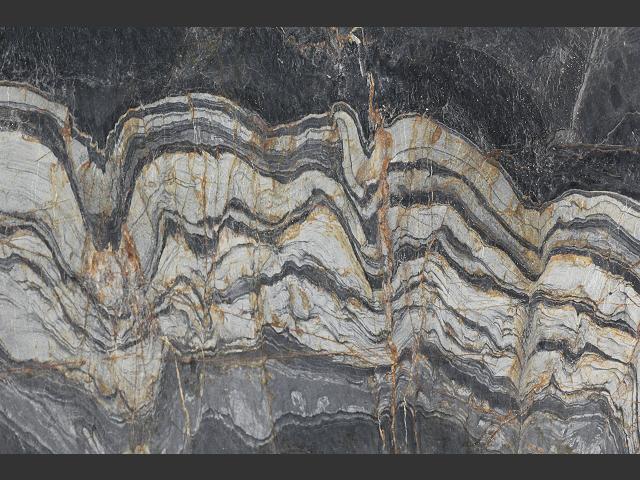

Tell the students it is time 1 (T1) or one-half live of time has passed. Now tell the students to prepare to toss their penny element. Have the students copy the same information on their worksheets. Count the number of parent isotopes in the class and record it on the N axis. All of the isotopes in the penny element when it is formed are parent elements, which are heads for this activity. Have all of the students turn their pennies to heads. This is the number of parent isotopes in the element at the element's formation.

Record N, the number of students on the vertical axis of the graph (or if each student is using multiple pennies, the total number of pennies). The teacher should make a graph on the chalkboard or overhead projector to record the class results. The time between flips of coins does not need to be constant for the activity to work, although you can set a specific time (for example, 3 minutes between coin tosses if you want to stress the point). In nature, the time between T1 and T2, etc. is the half life of the penny element for this exercise. T1, T2, T3, etc., on the horizontal axis are the number of times the coins are flipped. N on the vertical axis of the graph is number of parent isotopes (heads on the coin) in this exercise. Look at the penny decay curve worksheet. (For a small class, it may help to give students each 2 or 3 pennies to increase the number of tosses for each time (T).

Each student should have a penny, a worksheet, and pencil. The class will collect data on the “isotopes” from flipping coins.įor more information about how absolute age dating works see Age Dating Key Links at the Earth Science Education Network, Kentucky Geological Survey. For this exercise, heads are the parent isotopes and tails are the daughter isotopes. In this exercise, students toss pennies to calculate a decay curve, by constructing a probability curve. If the half life of an element is known, and you can accurately count the number of daughter and parent isotopes in an element, then you can determine the amount of time that has passed since the element formed. Some elements have half lives of seconds, others have half lives of many billions of years. Because the decay rate is controlled by the physics of the element, formulas can be used to calculate the half life of the element, even if the half life is much longer than you or I could ever see. The time it takes for half of the parent isotopes to change to daughter isotopes is called a half life. When the number of unstable neutrons and protons changes to a stable number, the new isotope is termed a daughter isotope. This means that the number of neutrons and protons in the isotope of the element will change with time. When an element is formed, for example, in igneous extrusive rocks, the element consists entirely of one type of isotope (the parent isotope ). Isotopes are varieties of the same element. The decay process involves the changing of isotopes of elements. The most common rates used are the decay rates of radioactive elements sometimes termed radiometric dating. Absolute age dating uses a known rate of change of some physical characteristic to determine how much change has taken place. The second type of age dating is called absolute age dating.

If the age of a layer is known, then the fossils or rock layers are relatively older or younger than that layer based on their position above or below the known layer. Fossils in lower layers are relatively older than fossils in upper layers. In any stacking of undisturbed, horizontally bedded sedimentary rock units, the oldest strata are at the bottom of the stack and the youngest are at the top of the stack. In relative dating, the position of a fossil or the layer in rock in which a fossil occurs is determined to be relatively older or younger than another layer by its position. How can scientists tell the age of a fossil? There are two general methods. Graph paper or handout from this lesson to plot resultsĪbsolute dating, relative age dating, isotopeĭaughter isotope, parent isotope Background.Students will use their graph (or a class data set graph) to calculate the age of some hypothetical unknowns to develop a better understanding of how rocks are dated using absolute age dating methods. The experimental probability graph will be used as a model for absolute age dating. Students will toss pennies and plot their results on a graph. In this exercise, students will learn how absolute age dating works.


 0 kommentar(er)
0 kommentar(er)
